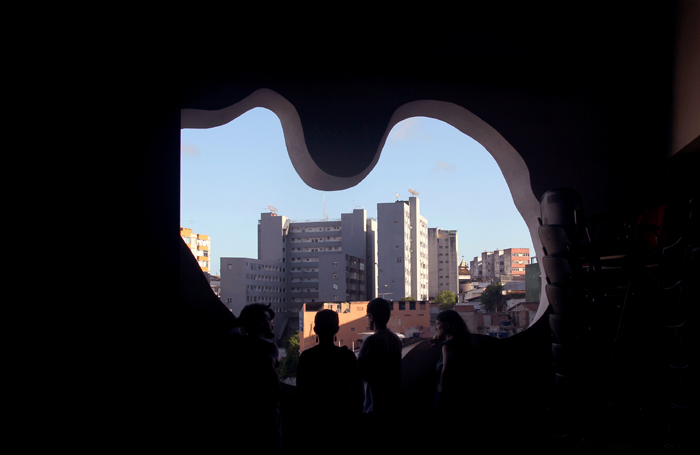Spaces Of Transcultural Resistance: Alterity in the Design Practices of Lina Bo Bardi and Alison and Peter Smithson
Dr Jane Hall, Assemble
Awards RIBA President's Awards for Research 2019
Category History & Theory

This core of the research is a thesis investigating alterity in the architectural design of the modernist architects Lina Bo Bardi in Brazil and Alison and Peter Smithson in the UK at a pivotal moment during their early careers in the 1950s. While there has been much focus on the localized nature of their individual practices, the thesis aims to understand how their parallel engagement with multi-scalar networks expanded their spatial reach in global terms. This is important because the transcultural narrative in the contemporary literature suggests both architects as archetypal models for resistance against the current hegemony of the professionalization of architecture as a global phenomenon, despite the significance of geographic location to the production of their work.
Transatlantic cultural institutions founded in the immediate postwar period give context to this study, with the Museu de Arte de São Paulo (MASP) and the Institute for Contemporary Arts (ICA) representing the intersection of global politics with emerging forms of economic and cultural modernity. Through archival analysis, the research investigates Bo Bardi and the Smithsons’ involvement with these respective institutions to uncover the inherent contradictions in their characterization as marginal historical figures, given their centrality to such new sites of power.
Within the context of emerging scholarship that asserts ever-expanding definitions of alternative practice in architecture, the thesis argues for the expansion of this discourse to encompass the co-constitution of political solidarity and consciousness as part of the professional identity of the transnational architect. By accounting for the historical development and conceptual significance of the work of both architects, this study contributes new insights into the history of alternative practice, positing a challenge to canonical historiographies to reveal the dialectic between globally significant institutions, which it is shown shaped the multiple modernities defining of modern architecture in both countries.






